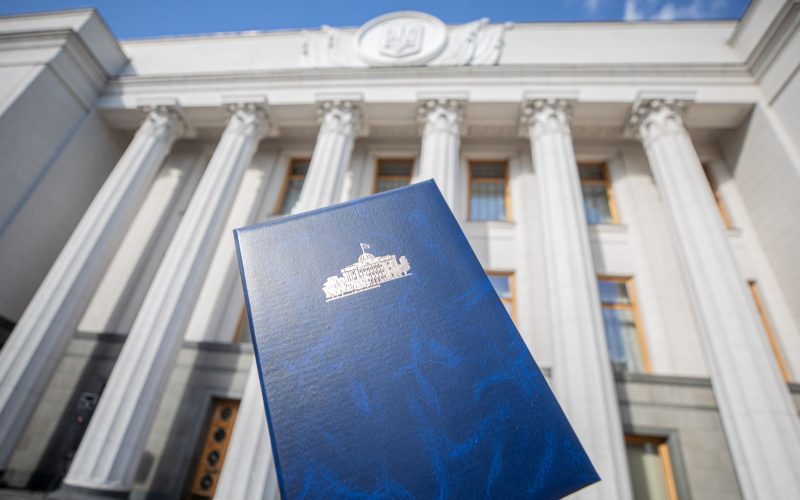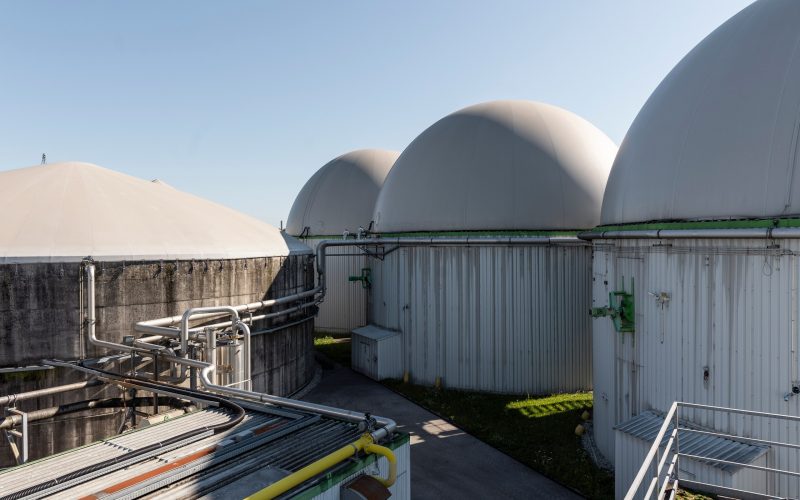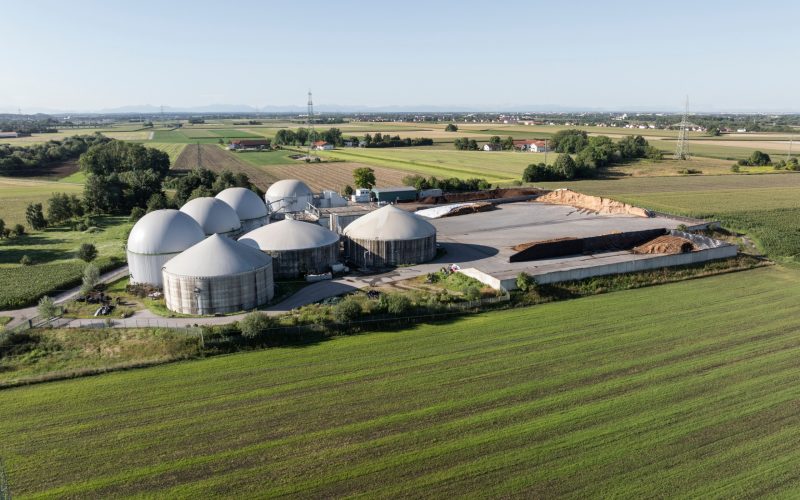Online seminar “Prospects for biomethane production and consumption in Ukraine”: results and materials
Online seminar “Prospects for biomethane production and consumption in Ukraine” was held online on 23 June.
The online meeting was attended by more than 200 specialists in the field of bioenergy, including representatives of agricultural companies, associations, the legislature and the executive, NGOs, energy business and scientists. More than 1,000 people joined the viewing.
Speakers: Kyrylo Tomliak – EBRD Program Manager, Oleksandr Dombrovskyi – President of MHP Eco Energy, Georgii Geletukha – Chairman of the Board of UABIO, Yuriy Shafarenko – Director of the Renewable Energy Sources Department of the State Agency on Energy Efficiency and Energy Saving of Ukraine, Serhiy Chornyi – Head of the Network Development Department of the Gas Transmission System Operator of Ukraine, Yurii Matveev – Member of the UABIO Expert Council.

Organizers: Bioenergy Association of Ukraine, REGATRACE project “Trade in Renewable Gases in Europe”, European Bank for Reconstruction and Development, State Agency for Energy Efficiency and Energy Saving of Ukraine, MHP Eco Energy, Gas Transmission System Operator of Ukraine.
Speakers quotes
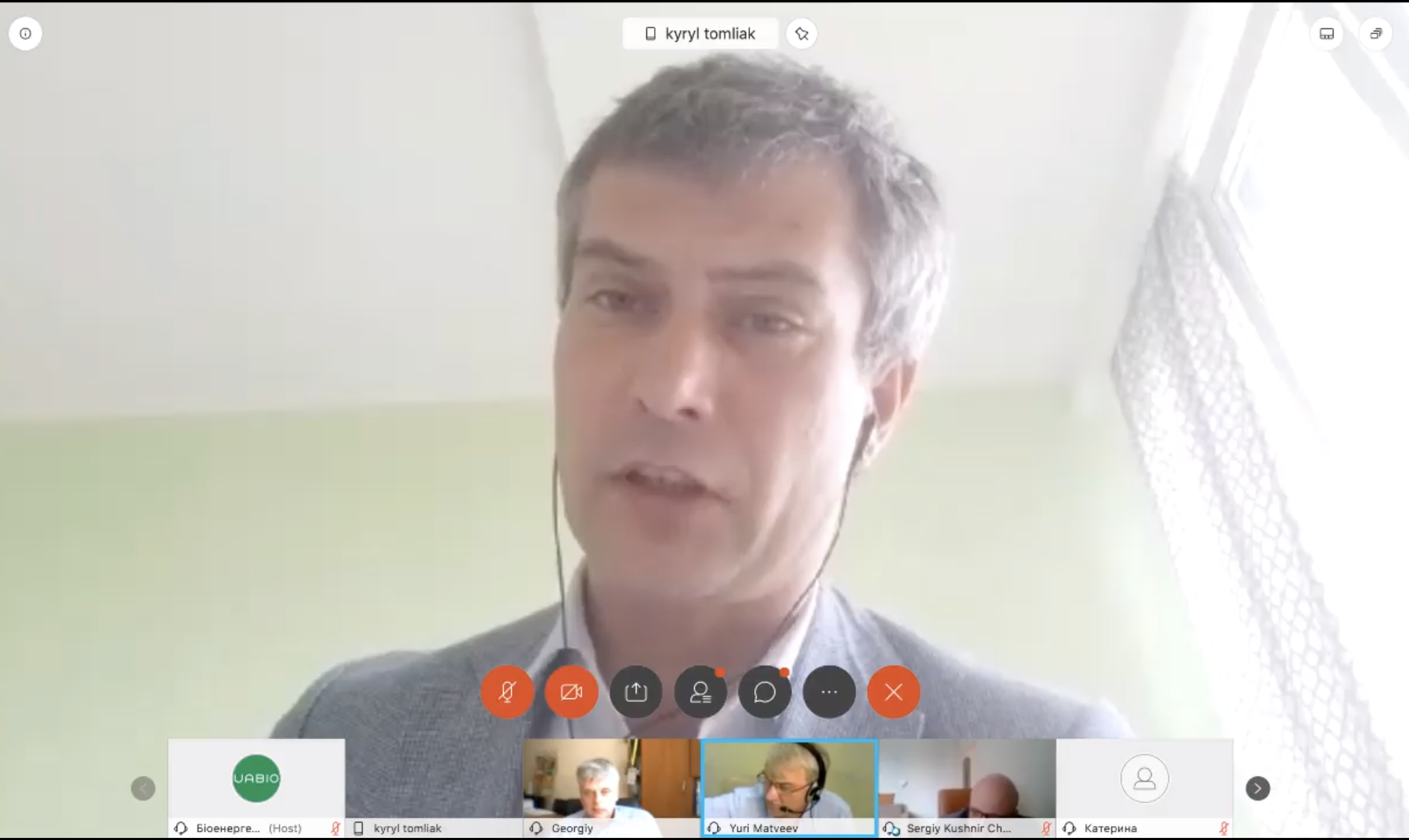
Kyrylo Tomliak – EBRD Program Manager:
“The potential of bioenergy is used only by 5 percent. This is not a result that many of us are happy with, but it is also a great potential for further development. I am convinced that bioenergy is the queen of renewable energy in general. The sphere provides for the use of waste as raw material for its products; creates a large number of jobs; able to stably generate electricity and thus balance the electrical network; reduces greenhouse gas emissions. The EBRD and GEF are currently interested in developing biomethane sector development projects. ”
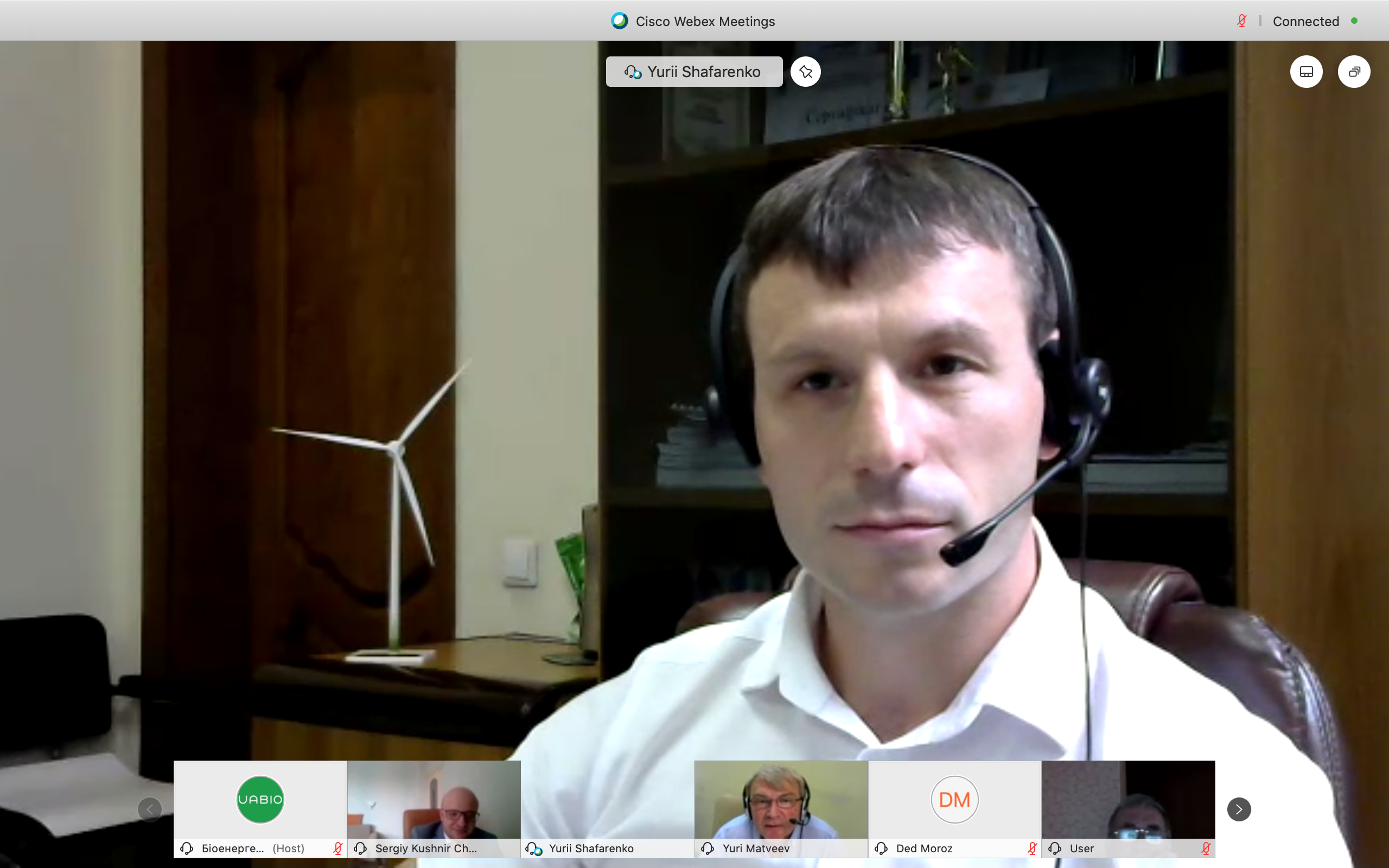
Yuriy Shafarenko – Director of the Renewable Energy Sources Department of the State Agency on Energy Efficiency and Energy Saving of Ukraine:
“If we are talking about barriers to the successful production and use of biomethane, then, first of all, it is the pricing policy. The price of natural gas today is insignificant, so biomethane is a much more expensive alternative due to its high cost. However, biomethane is a national product that is also developing related markets. The money we pay for imported gas is leaving the country. In addition, there is no incentive for this sector and the system of guarantees of origin of biomethane to ensure the possibility of its export to the EU. Finally, there is no state strategy for the development of production and use of biomethane. Biomethane is a universal product. We have an extensive gas transportation system, so I believe that it is necessary to focus on realizing the potential of biomethane. “
- Presentation “Ways to overcome barriers to successful biomethane production and consumption “. Yuriy Shafarenko – Director of the Renewable Energy Sources Department of the State Agency on Energy Efficiency and Energy Saving of Ukraine. (in Ukrainian)
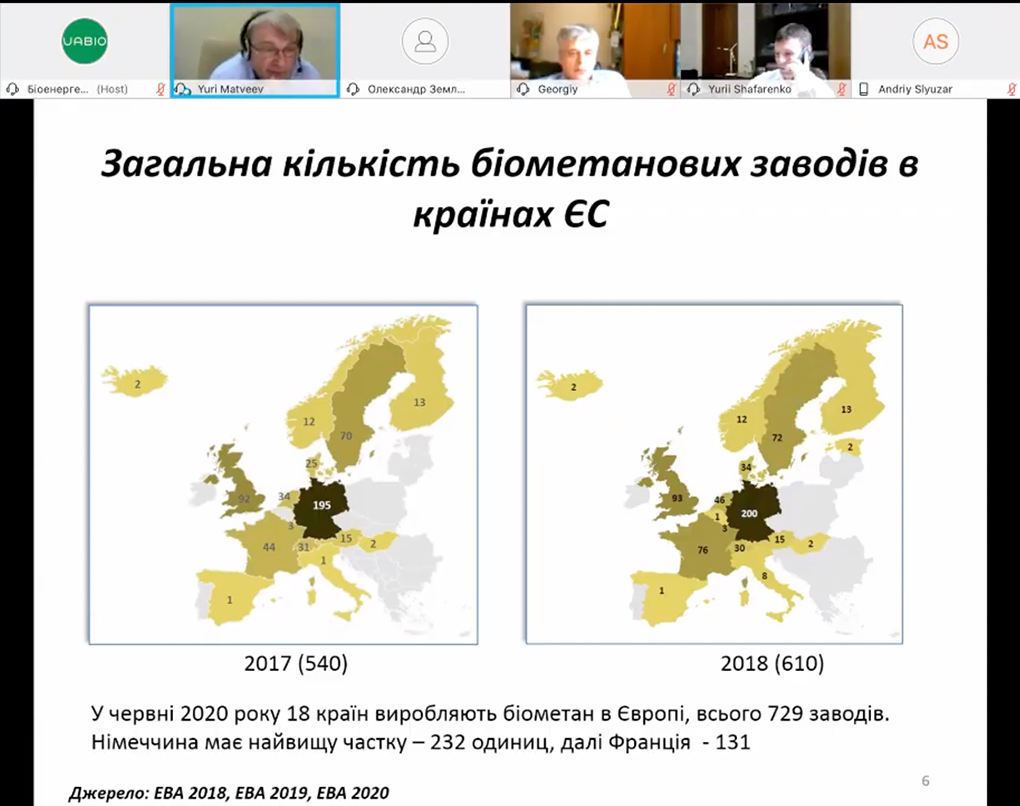
Yurii Matveev – Member of the UABIO Expert Council:
“The potential of biomethane in the world is very significant – 730 Mtoe. The prevailing view is that biomethane production is very expensive. This is partly true because there are different ways of production. According to the International Energy Agency, about 55 Mtoe or 65 billion m3 of biomethane can be obtained at a cost below $340/1000 m3. The cost of biomethane is dictated by the cost of raw materials. Therefore, if we have relatively free raw materials, such as agricultural waste or biogas at landfills, we can get relatively low cost biomethane.
Biomethane is a renewable raw material that is stable in terms of production and can be accumulated to compensate for solar and wind power. Biomethane in Ukraine has significant potential in energy, agro-industrial complex and transport. In agriculture alone, the potential of biomethane is 7.8 billion m3. This is 25% of natural gas consumption in Ukraine. “
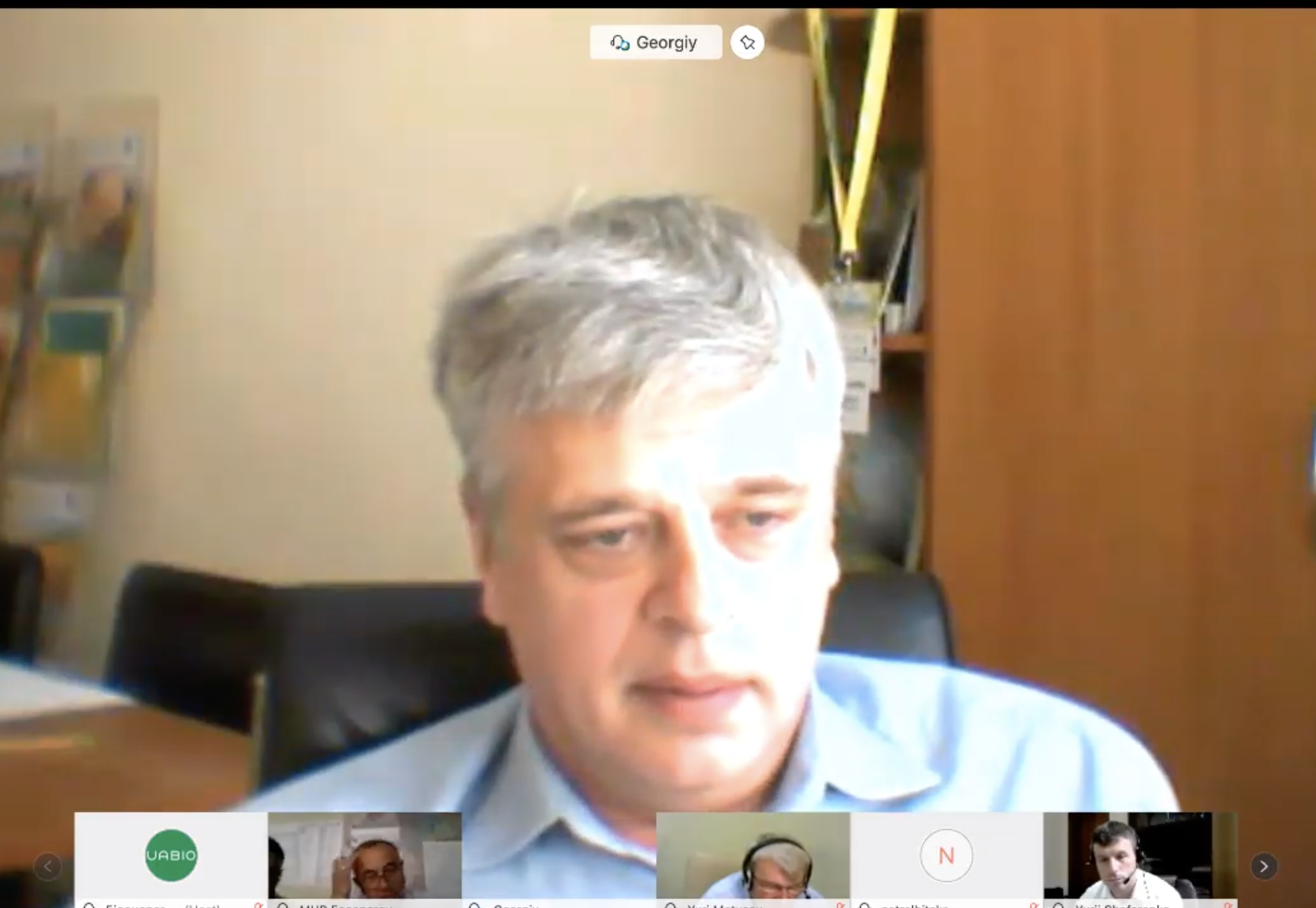
Georgii Geletukha – Chairman of the Board of UABIO:
“If we count the available generating capacity on natural gas (it is 25 thermal power plants with a total capacity of 3.5 thousand MW and 25 cogeneration units based on gas piston machines with a total capacity of about 50 MW electric), they consume about 8 billion m3/year of natural gas. can be replaced by biomethane. This is way to use existing capacity. Prospects in the market of motor fuels are obvious both for large cities and municipal transport – to start we have a network of 260 methane filling stations, and for agricultural holdings and utilities, where the critical indicator is the replacement of imports, which reaches 75%. Biomethane is the fuels supply using our own raw materials. ”
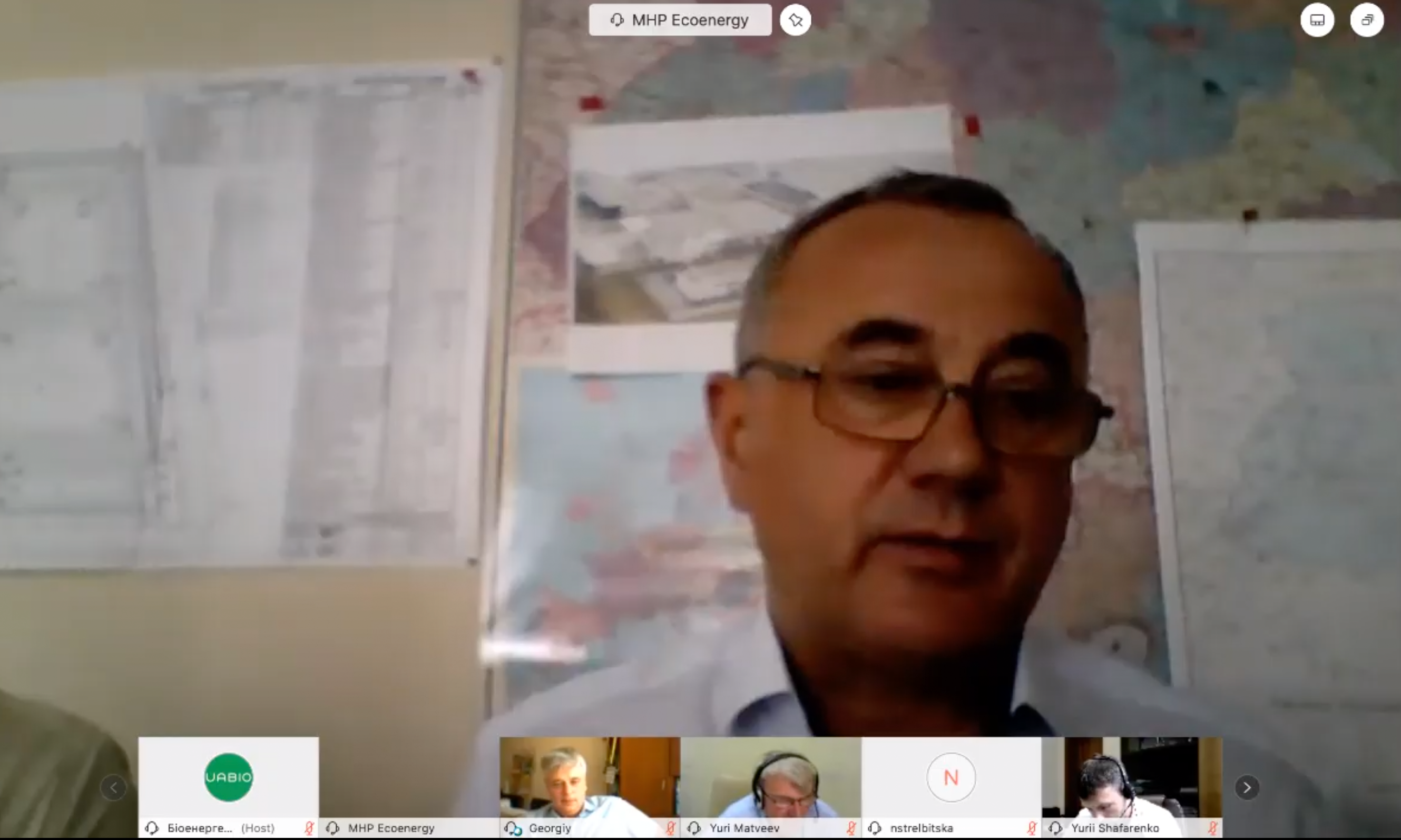
Oleksandr Dombrovskyi – President of MHP Eco Energy:
“The topic of biomethane is very important and very difficult in terms of implementation. Ukraine today needs:
- Limit the import of energy resources and switch to their own, primarily “green”, renewable energy sources;
- To actualize the issues of ecological safety, dirty economy, the basis of which is dirty energy, negatively affects the health of the Ukrainian nation, is the cause of high levels of respiratory diseases, allergic diseases.
- To assess the economic effect, which is very high, is tax revenues and jobs, it is stable economic development. And bioenergy is the most economically attractive area.
These three criteria show that Ukraine needs a circular economy model. “
- Presentation “Prospects for biomethane production in the agro-industrial complex of Ukraine”. Oleksandr Dombrovskyi – President of MHP Eco Energy (in Ukrainian)
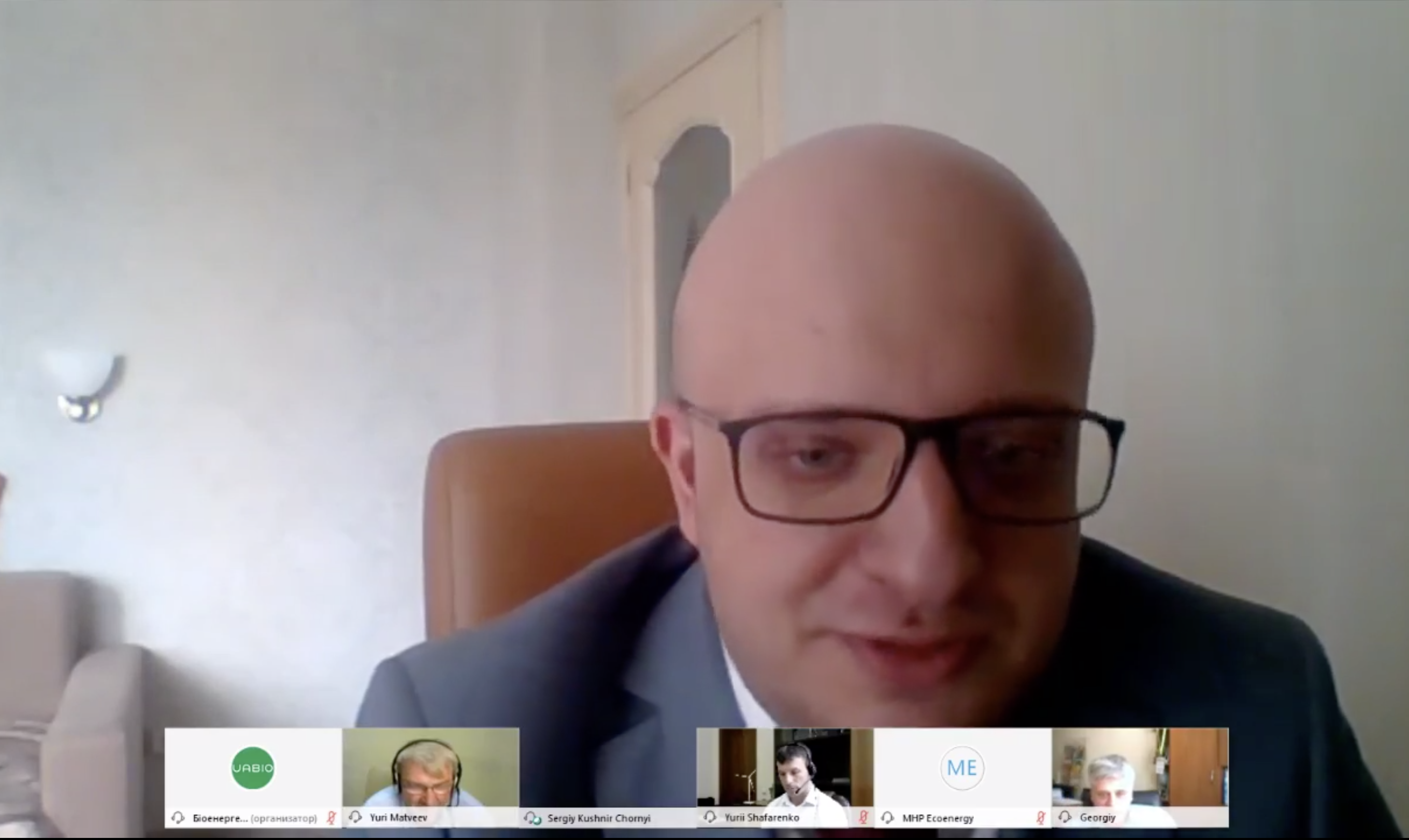
Serhiy Chornyi – Head of the Network Development Department of the Gas Transmission System Operator of Ukraine:
“If we talk about the technological environment of biomethane, there are two ways to connect to the gas transmission network: through the gas distribution network or directly to the gas transmission system. However, there are some technical limitations to the connection. This applies to the technical parameters of gas quality, as well as network pressures. When connected to the gas distribution network, there may be several biogas plants connected to one treatment plant, which performs biogas treatment to biomethane parameters. In this way, several biogas producers can unite, which is more cost-effective. When connected to the gas transmission system, there is a need for the construction of an expensive compressor station, gas metering units, flow chromatographs, etc. There will also be additional costs when supplying biomethane for gas compression.”
